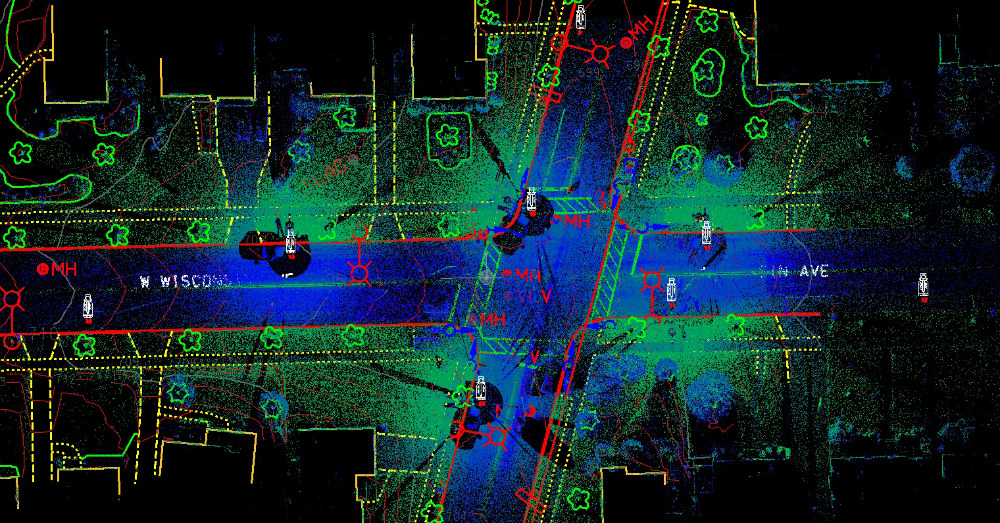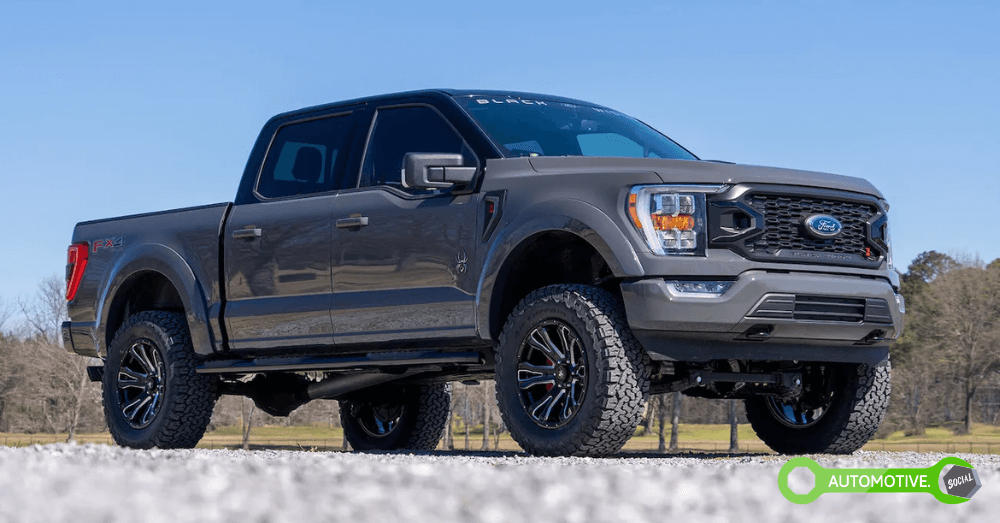Remember when Jurassic Park released and we were all blown away at the influx of technology featured in the movie? There were touch screen computer systems, driverless cars, and bingo! Dino DNA. Wait, go back a second; driverless cars? What once seemed an impossible technology to accomplish has been approached by a couple of different companies, most notably Google, and it seems to be spreading rapidly across the nation.
Essentially, Google is experimenting with the mass production of an autonomous car that is set to be made available to the everyman by 2017. The company has lobbied for legalization of driverless cars in four U.S. states, including Nevada, Michigan, California, and Florida, with others still debating the vast advantages and disadvantages. Washington D.C. has also joined the list of areas that are allowing for the self-driven cars, powered by a program entitled Google Chauffeur.
Driverless cars have been in the works for many years, with major automakers developing prototypes. None have proved entirely successful, however, until now. The Google cars are labeled adequately with a disclaimer that it is an autonomous vehicle, so as to not cause trouble on the roads from people gawking at the empty car driving beside them.
The majority of these cars are electric vehicles fitted with over $100,000 of equipment, including a LIDAR system. The LIDAR system is a remote sensing technology that allows the use of lasers to obtain an exact measure of distance, useful in accurately controlling the stopping ability of the autonomous cars when encountering traffic or stop signs.
The top of the autonomous car is fitted with an intricate laser system that can form a 3-D map of the area. This allows the car to combine images and accurately get a layout of the area in order to functionally drive. Due to this laser system, the vehicle is able to download maps of the world and interpret them to fully understand the topography of the area in which it is driving.
Massive amounts of studies have been performed including road testing to ensure the safety of the vehicles in driving conditions. Early reports suggest that the cars have driven in excess of 300,000 miles without an incidents. Even navigating the most winding street in the world, Lombard Street in San Francisco, the driverless car performed without issue. They’ve tested these vehicles on many different streets, in every available traffic condition and have even expanded their experimentation to different elevations and terrains, like Lake Tahoe.
If the thought of a driverless car traversing the highways in your area frightens you, don’t worry. These vehicles also come equipped with an override ability, with which a human driver is able to take over the function of the car at any time. The cars also have built in speed control as they are able to download the speed limits from the maps from which they operate. Safety, of course, is a large concerns with these types of cars.
Thus far, Google has failed to do any sort of inclement weather testing on their driverless cars. Another concern surrounding these vehicles is that because they’re using maps that are already programmed into the system, is that they find difficulty obeying road work signals and the occasional stop of traffic. Due to other small issues with the internal programming, the cars also have issues with detecting objects in the road and will often swerve out of the way without proper cause.
There are inherent issues with having driverless cars on the road, however Google is determined to have all of the wrinkles ironed out by the close of the decade. They also have high hopes for their vehicles, saying that they intend to increase the amount of cars on the road massively over the next ten to fifteen years. Even going so far as to create a version of the autonomous car with no manual override system, Google, clearly, is prepared for the creation of a nearly perfect vehicle.
If the idea of a driverless car is conjuring images of Stephen King’s Christine, rest easily. The potential for these vehicles to reduce traffic and car accidents is quite high, as they automatically follow at a safe distance and travel at the allowable speed. Also imagine, if you will, the amount of alcohol related fatalities if intoxicated individuals do not need to be concerned with navigating their own car.
The obvious safety reasons are definite advantages when considering the future of the autonomous car. There are also monetary advantages as well, as the lower number of traffic related incidences would then provide lower insurance premiums, and the possible elimination of driver’s insurance if the idea should take off in the way in which it is expected. The future is here, let go of the steering wheel.
This post may contain affiliate links. Meaning a commission is given should you decide to make a purchase through these links, at no cost to you. All products shown are researched and tested to give an accurate review for you.





